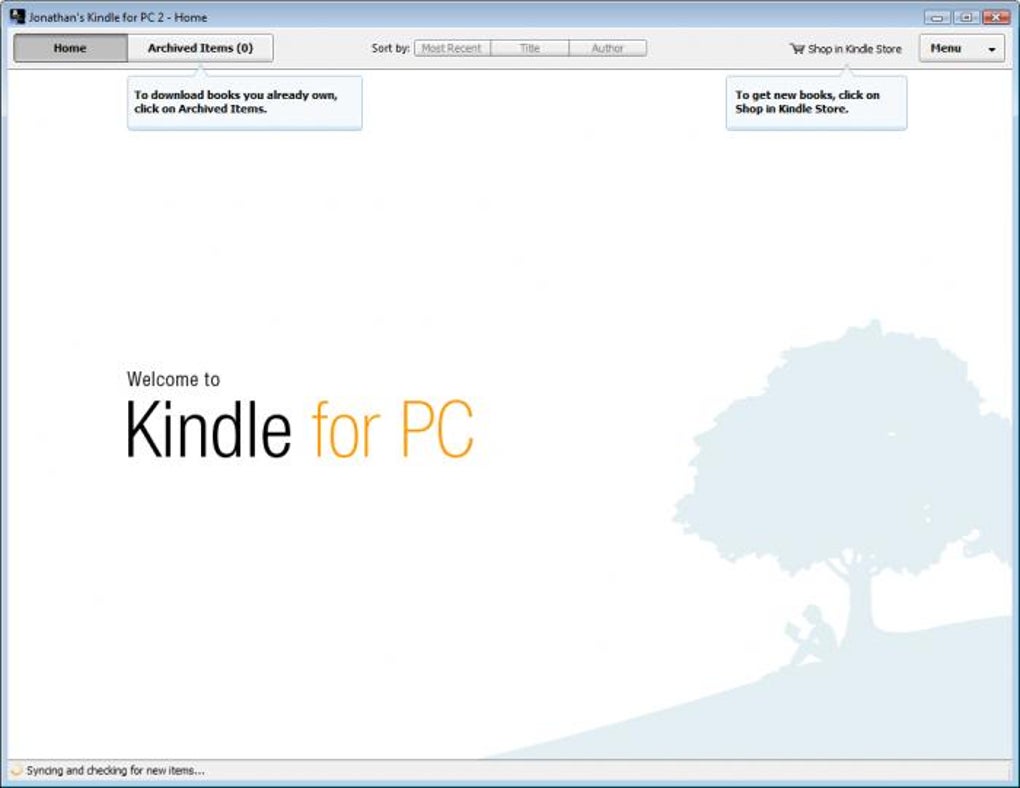

By tapping and holding one of the book covers, you can download it to your iPad. The screenshot below shows the library of one of our staff members (it contains all of the books he purchased in the past, and is scrollable with an up or down swipe).

Once you are logged in, Kindle Cloud Reader presents you with your library of books that you may have purchased in the past, and if you open any of them, you’ll be taken to the last page you had open. Like Amazon’s Kindle app for iOS, Android, BlackBerry, Windows Phone 7, Mac, or Windows, and the company’s dedicated Kindle hardware, Kindle Cloud Reader syncs with all of your devices. Notice the lack of the URL field and other browser-based interface elements that you see in the figure above. When you do, it will launch like the figure below. You can make Kindle Cloud Reader into an app by clicking the sharing arrow and choosing “Add to Home Screen” You can continue to use Safari to use this version of Kindle, or you can choose to add the app to your home screen, where it will behave like a traditional app.

You will also be asked to give permission to the service to use 50MB of storage on your iPad. It is also installable onto your home screen, making it as accessible as the rest of your apps.įirst up is accessing the service, which you do at, where you will be asked to log in with your Amazon/Kindle credentials. Kindle Cloud Reader is based on HTML 5, the tools championed by Apple itself as the future of the mobile Internet, and it works right through Safari on iPad. It’s a very well-built service, and we wanted to offer users a visual tour of what is likely to be the first proper challenge to Apple’s App Store hegemony. Amazon announced Kindle Cloud Reader on Wednesday, a Web-based workaround for the company to directly sell books on Apple’s iPad without having to pay Apple a 30% cut, as required for any in-app purchases in apps approved by Apple for its App Store.


 0 kommentar(er)
0 kommentar(er)
